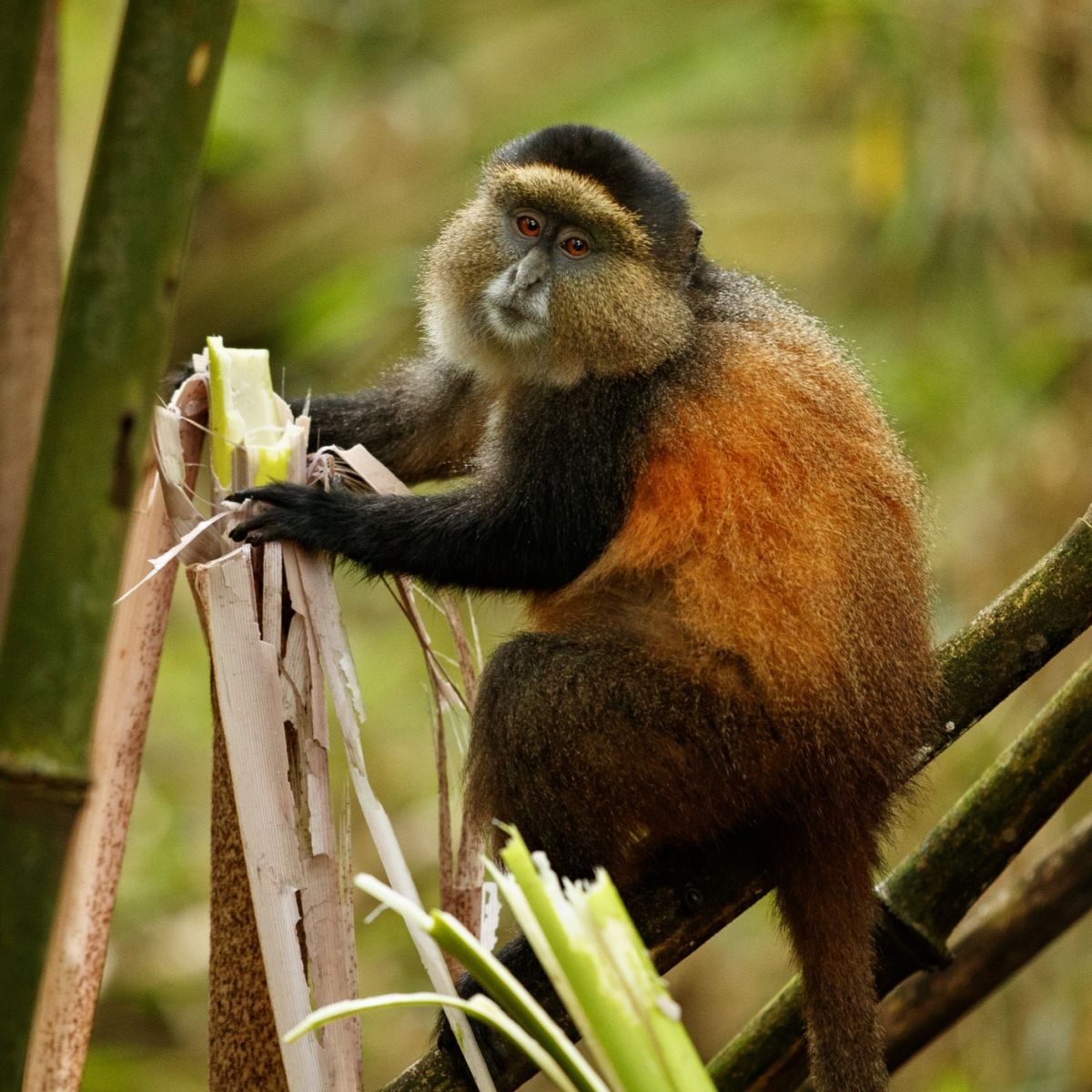
Do a beautiful forest hike to see endangered golden monkeys
A golden monkey trek involves an exciting half-day hike in the Virunga mountains to visit a golden monkey troop. Here's a little info on these endangered primates, where you can do the trek, how hard it is, what it costs, and why it's so rewarding.
What do I need to know about golden monkeys?
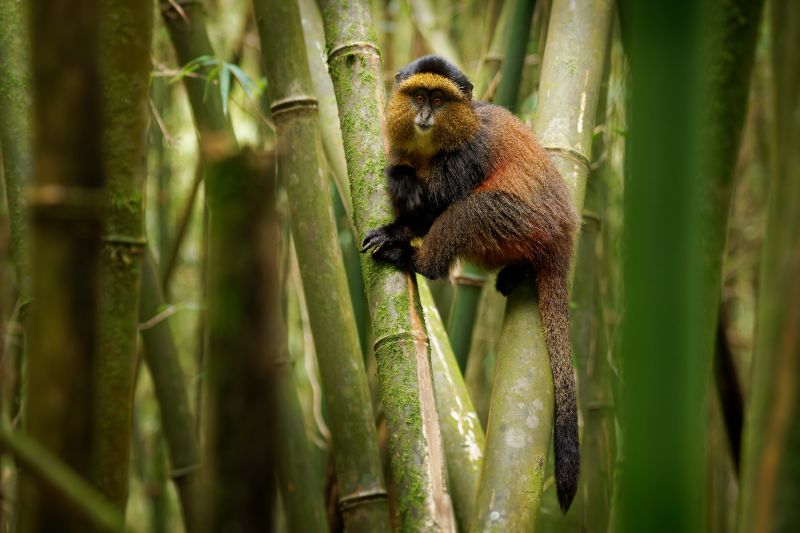
The Dian Fossey Gorilla Fund has been studying gorillas in the wild for more than 55 years now, ever since Dian Fossey set up her research in 1967. But it was only in 2004 that we began studying the only other primate that lives in the forest with the mountain gorillas – the golden monkey.
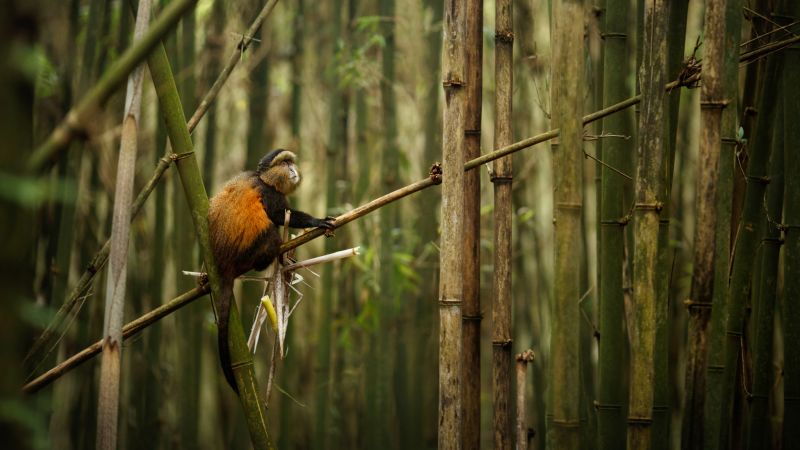
They mostly live in large troops that can reach up to 100 individuals. But sometimes they can be found in very small troops that number as low as three. They eat mostly bamboo shoots, leaves and branches. But they also eat fruits, flowers, shrubs and insects. If you see some with short tails, sadly their long tails sometimes get stuck between bamboo trees.
Btw, China's golden monkeys are different
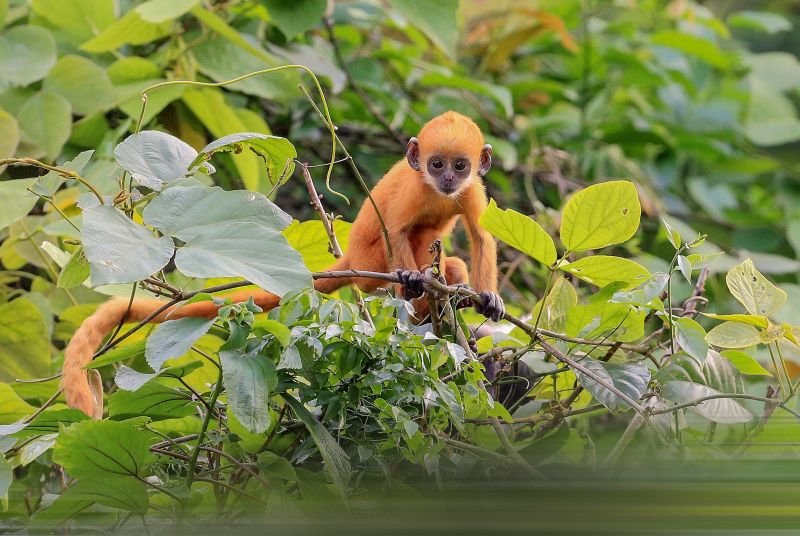
Where do golden monkeys live?
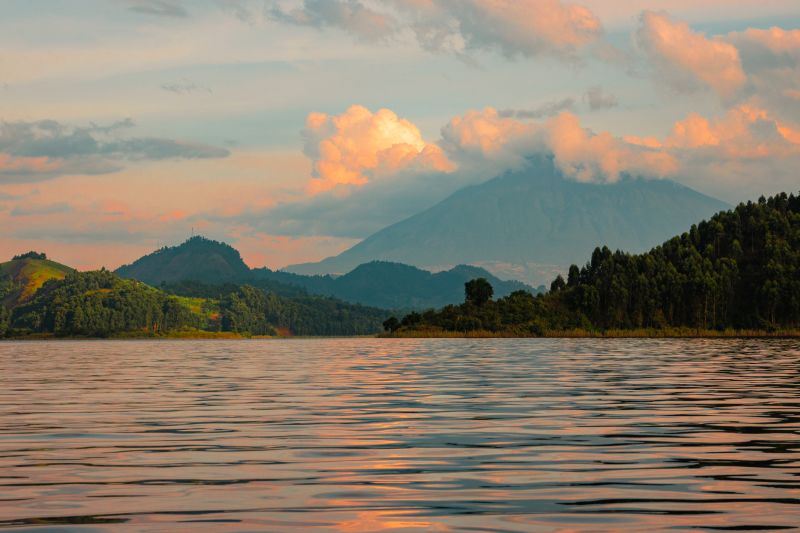
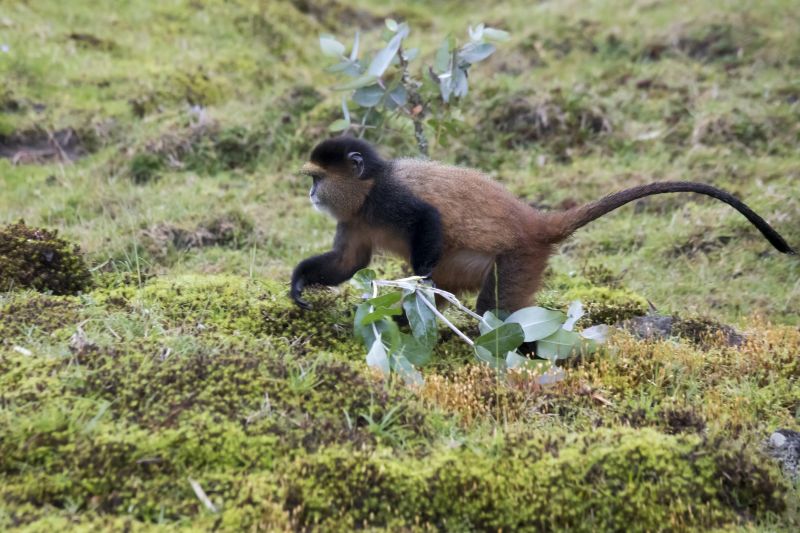
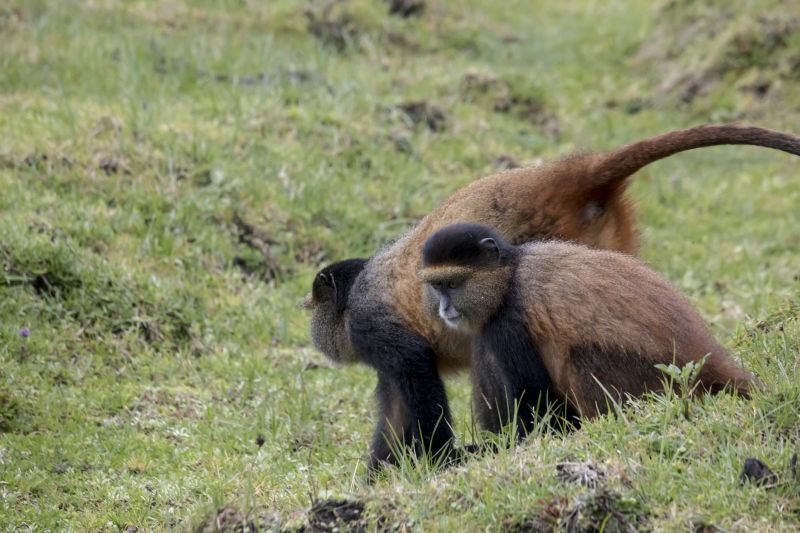
Where can I go golden monkey trekking?
Virunga or Kahuzi-Biéga National Parks in the DRC Volcanoes National Park in Rwanda Mgahinga Gorilla National Park in Uganda
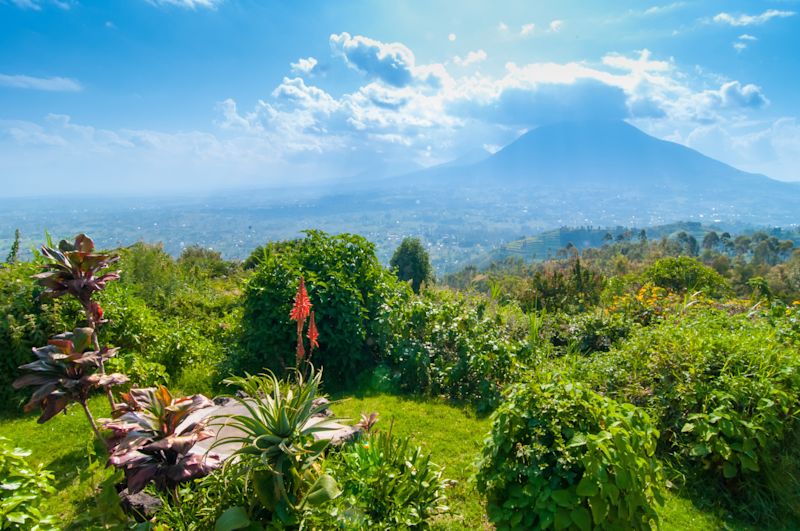
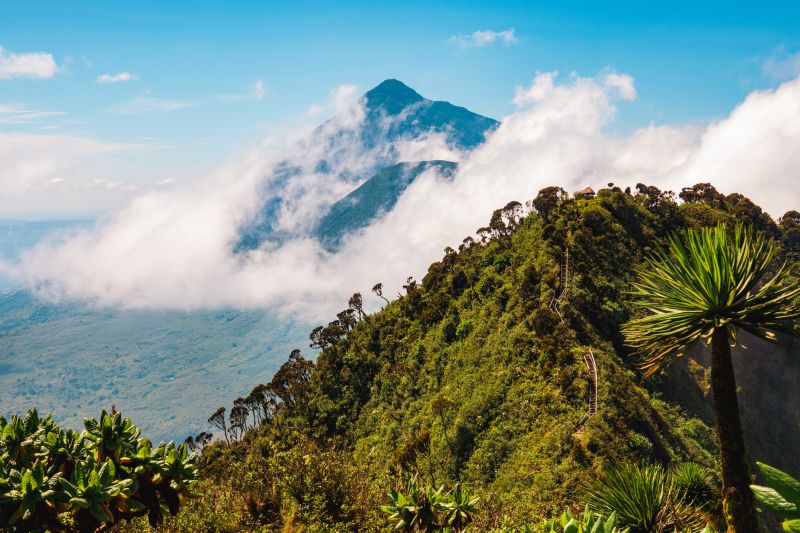
What does a golden monkey trek look like?
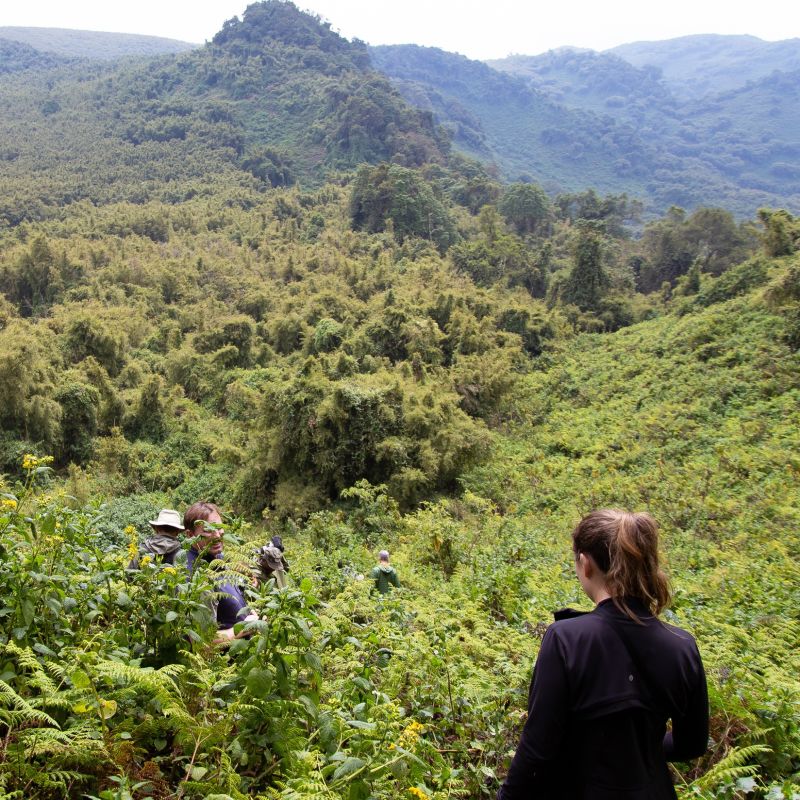
Golden monkeys are perfectly safe to be around provided you don't provoke them. They're actually really friendly primates.
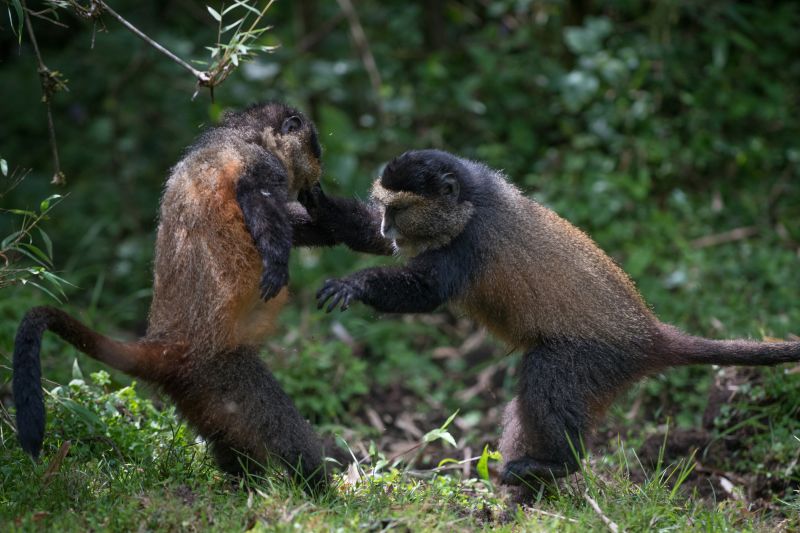
Want to spend longer with a troop?
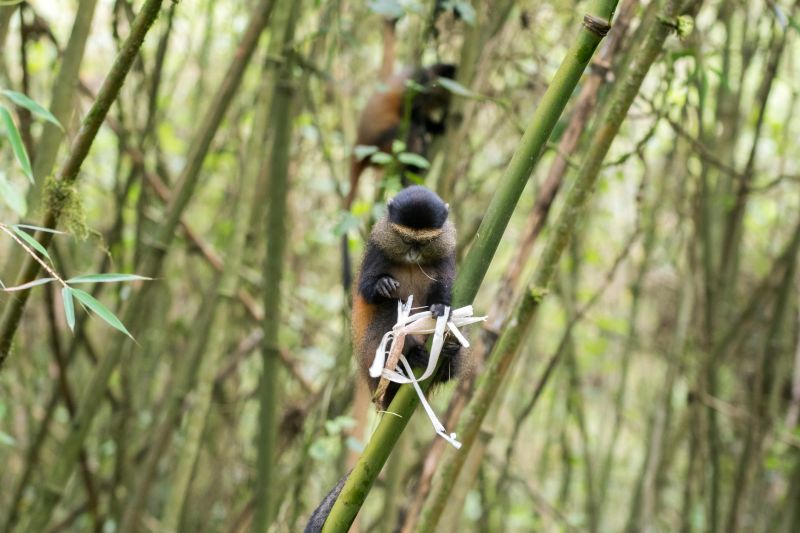
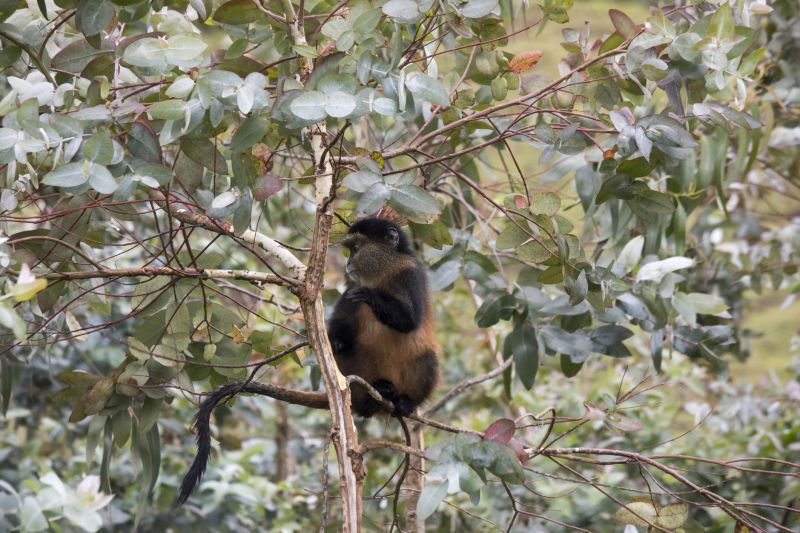
Do I need to be fit for the trek?
On a golden monkey trek you stay within the forested zone of the Virungas, which extends to roughly 3,000 m above sea level. But most likely you won't climb nearly that high.
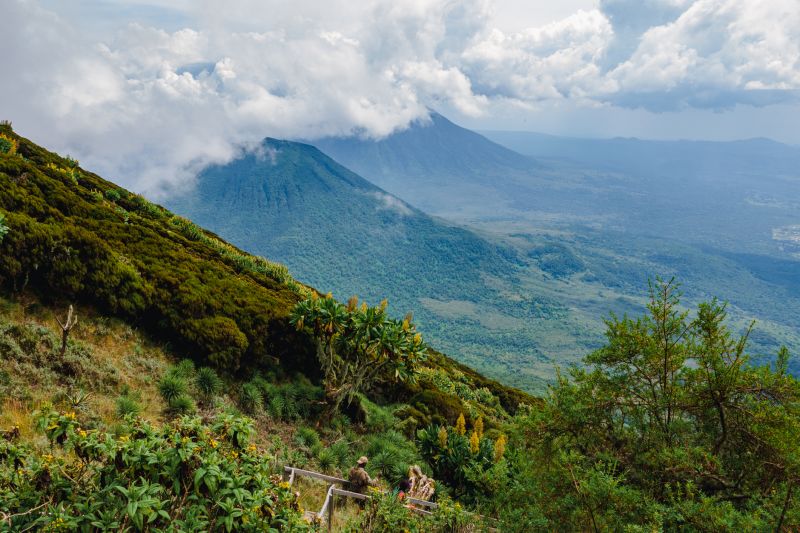
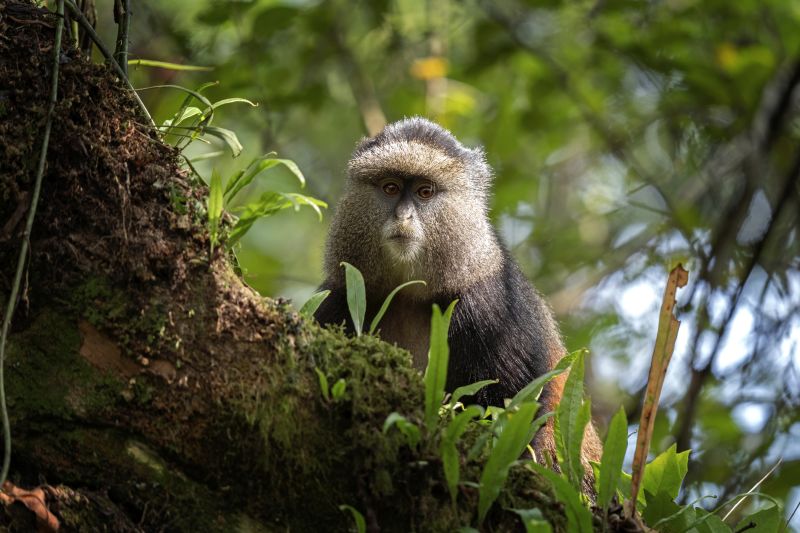
How much does the trek cost?
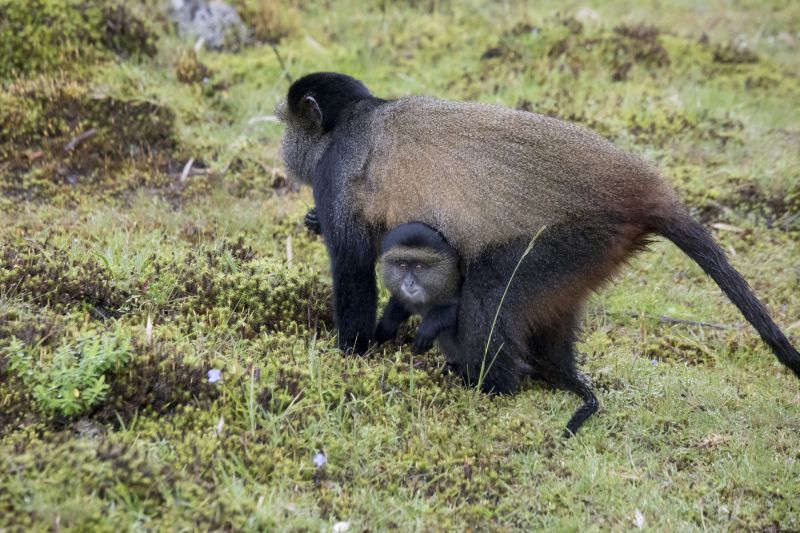
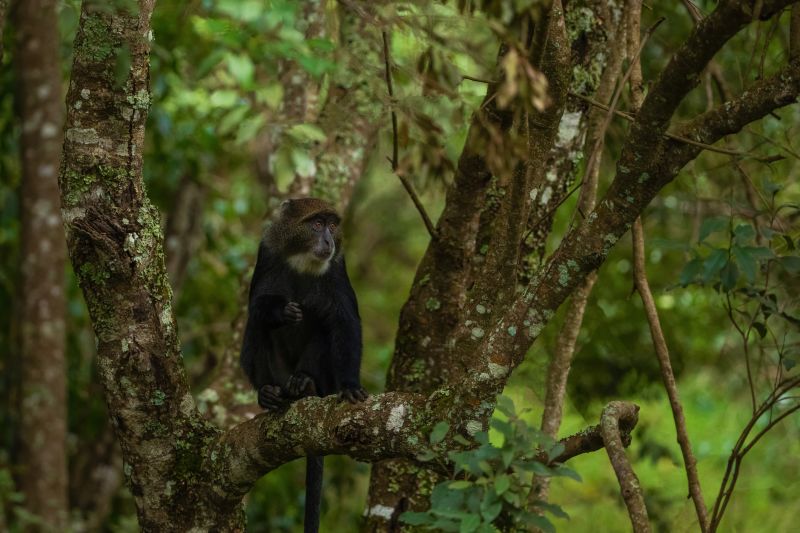
What must I pack for the trek?
A backpack (with a rain cover) Waterproof or -resistant hiking boots A poncho or rain jacket Long pants (to prevent your legs getting scratched) Sunscreen Sunhat Sunglasses Insect repellent Drinking water Snacks Camera
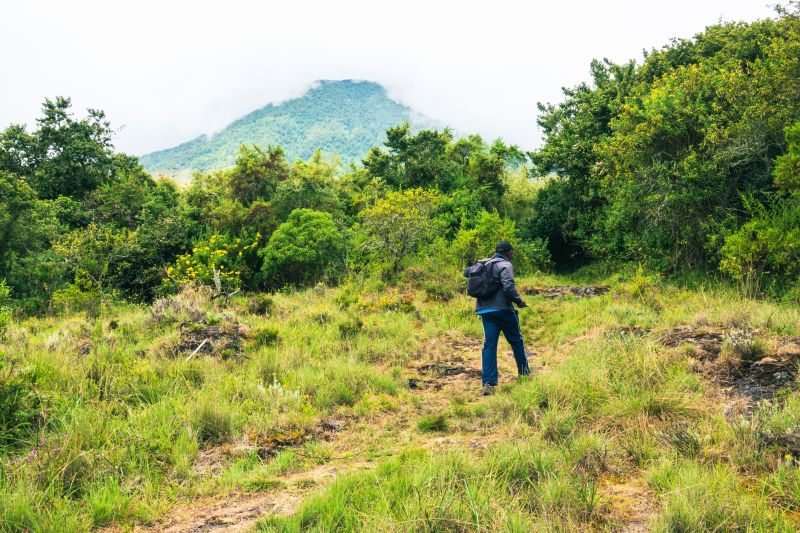
Gardening gloves or similar so you can hold onto branches and other vegetation when climbing without getting cut. Gaiters to ensure your boots and legs stay dry. Trekking poles or a walking stick (although sometimes you're actually given a complimentary walking stick for the trek).
